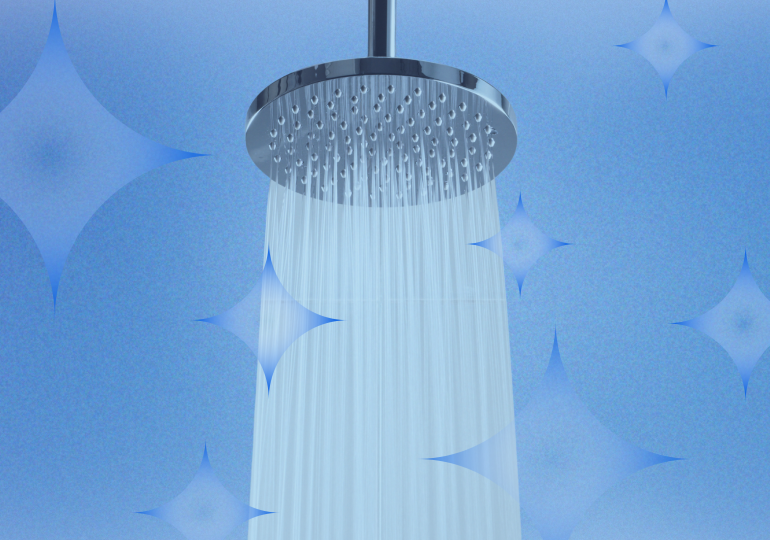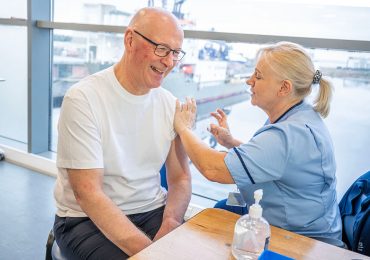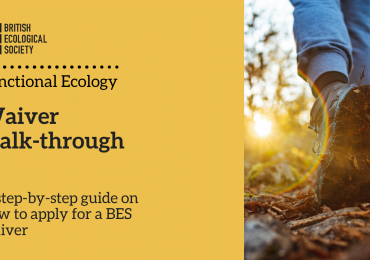Cold-water exposure is hot right now. From influencers touting the mental-health benefits of cold showers to professional athletes swearing by ice baths for recovery, it’s become a bonafide wellness trend. Advocates claim it can sharpen focus, improve immunity, and even reduce inflammation.
But researchers say the evidence, while intriguing, is mixed. Small studies suggest that brief exposure to cold water—like in a cold shower—can improve alertness and mood, yet other research finds minimal or short-term effects. What’s clear is that the practice triggers a cascade of physiological changes that can feel invigorating—and for some, therapeutic.
[time-brightcove not-tgx=”true”]
The potential benefits of cold showers
“When cold water hits your skin, your body has a cold-shock response,” says Dr. Jonathan Leary, founder and CEO of Remedy Place, a wellness social club that offers guided cold plunges. “This basically means fast breathing, a brief spike in heart rate and blood pressure, and a surge of stress hormones that make you feel wide awake.”
This type of cold exposure has been linked to improved mood and lower stress, but the research is still emerging, says Dr. Neha Pathak, a physician in internal medicine and lifestyle medicine. “Several small studies suggest cold exposure triggers the release of mood-boosting neurotransmitters like dopamine and norepinephrine, improving mood and focus.” However, research in this area is “promising, not definitive.”
Read More: You’ve Heard of FOMO. But Do You Have FOFO?
One analysis of studies, published in 2025, found that after roughly 12 hours of immersion in cold water, people’s stress levels dropped and their sleep quality improved. And a 2015 randomized trial of more than 3,000 participants in the Netherlands found that when people ended their warm showers with 30 to 90 seconds of cold water, the number of sick days they took dropped by nearly 30% (though they didn’t get sick any less often). While interesting, these pieces of evidence are hardly proof of the power of cold showers.
“We still need high-quality trials on dosing—time, frequency, temperature—and long-term outcomes,” Pathak says. “It’s reasonable to say cold exposure may help, not that it absolutely does.”
Inflammation and the immune system
Being doused in cold water jolts your sympathetic nervous system into gear. This releases adrenaline and norepinephrine, hormones that temporarily increase heart rate, alertness, and blood circulation.
Research shows that this type of stress response also mobilizes certain immune cells that help fight infection. In short bursts, this can act like a wake-up call for your immune system.
A 2014 study found that people who underwent training for cold exposure—like cold-water immersions—and breathing techniques could voluntarily influence their immune response. When given an endotoxin (a substance that typically triggers inflammation), those who practiced cold training produced less of a protein that controls inflammation and experienced milder symptoms compared to a control group of people not trained in these techniques.
Read More: Why You Feel Anxious After Drinking Coffee
A cold dip might help invigorate you, but it shouldn’t be your only stress-relieving practice. “The immunity response is felt to be a direct correlation to stress reduction,” says Dr. Sirisha Vadali, a cardiologist at HonorHealth Women’s Heart Health in Arizona. “It is not a perfect fix but rather a nice boost to already healthy habits.”
How cold showers compare to ice baths
A cold shower is a controlled, quick burst of stimulation, whereas an ice bath is a full-body immersion that rapidly drops core temperature.
Cold showers are milder and easier to control. They’re generally safe for most healthy adults, easy to incorporate into daily routines, and have lower risk of shock, arrhythmias, and hypothermia.
Ice baths, on the other hand, are done in very cold water, usually below 50°F (10°C). They trigger the same physiological responses but more intensely.
Dr. Parth Bhavsar, a family-medicine physician at Wellstar North Fulton Hospital in Georgia and a thermoregulation researcher, explains that both techniques rely on cooling the skin to trigger blood-vessel constriction and hormone release.
“Ice baths cause a faster drop in body temperature and higher adrenaline release,” he says. “That also means a greater risk of heart rhythm disturbances, hypothermia, and what’s called an after-drop, where your temperature continues to fall even after you get out.”
Who should (and shouldn’t) try it
Cold shower aren’t for everyone. They can be risky for anyone with cardiovascular issues, high blood pressure, or respiratory problems, says Pathak. She advises talking to your doctor before trying them if you have heart disease, circulatory issues, Raynaud’s syndrome, or are pregnant.
People with vascular disease—“specifically anyone with circulatory issues and uncontrolled high blood pressure,” Vadali says—should avoid them too, “as this may cause shunting of blood inappropriately.”
Read More: Are You Gaslighting Yourself? Here’s How to Tell
For most healthy adults, however, cold-water exposure can be safe when done gradually. “Repeated cold exposure trains the body to transition between ‘fight or flight’ and ‘rest and digest’ states,” Pathak says. “That physiological flexibility may translate into more emotional or psychological resilience as well.”
How to start without shocking your system
Consistency matters more than intensity. Start around 68-70°F and gradually lower the temperature over time, experts suggest.
“Around 50–60°F for around one to three minutes is plenty to reap the cardiovascular benefits,” Vadali says. “Anything below 50° for extended periods should be avoided.”
Pathak recommends easing into a cold-water practice by ending your regular shower with 30 seconds of cool water, and gradually extending that time to two to five minutes as your body adapts.
“There’s no perfect temperature or duration,” she says. “The key is finding a safe, uncomfortable-but-tolerable zone for you.”
Leave a comment







